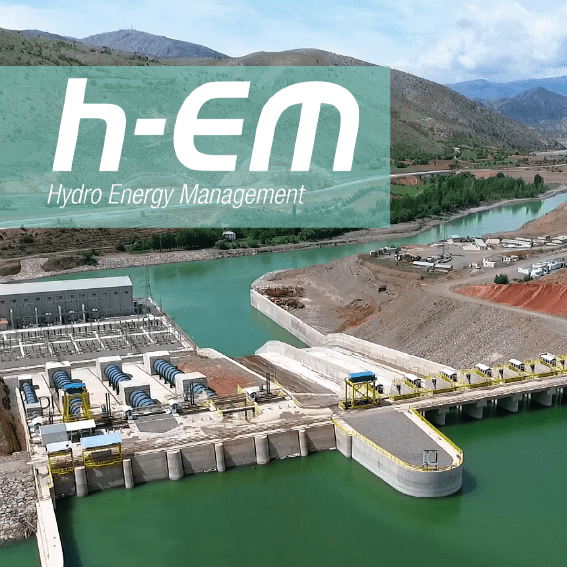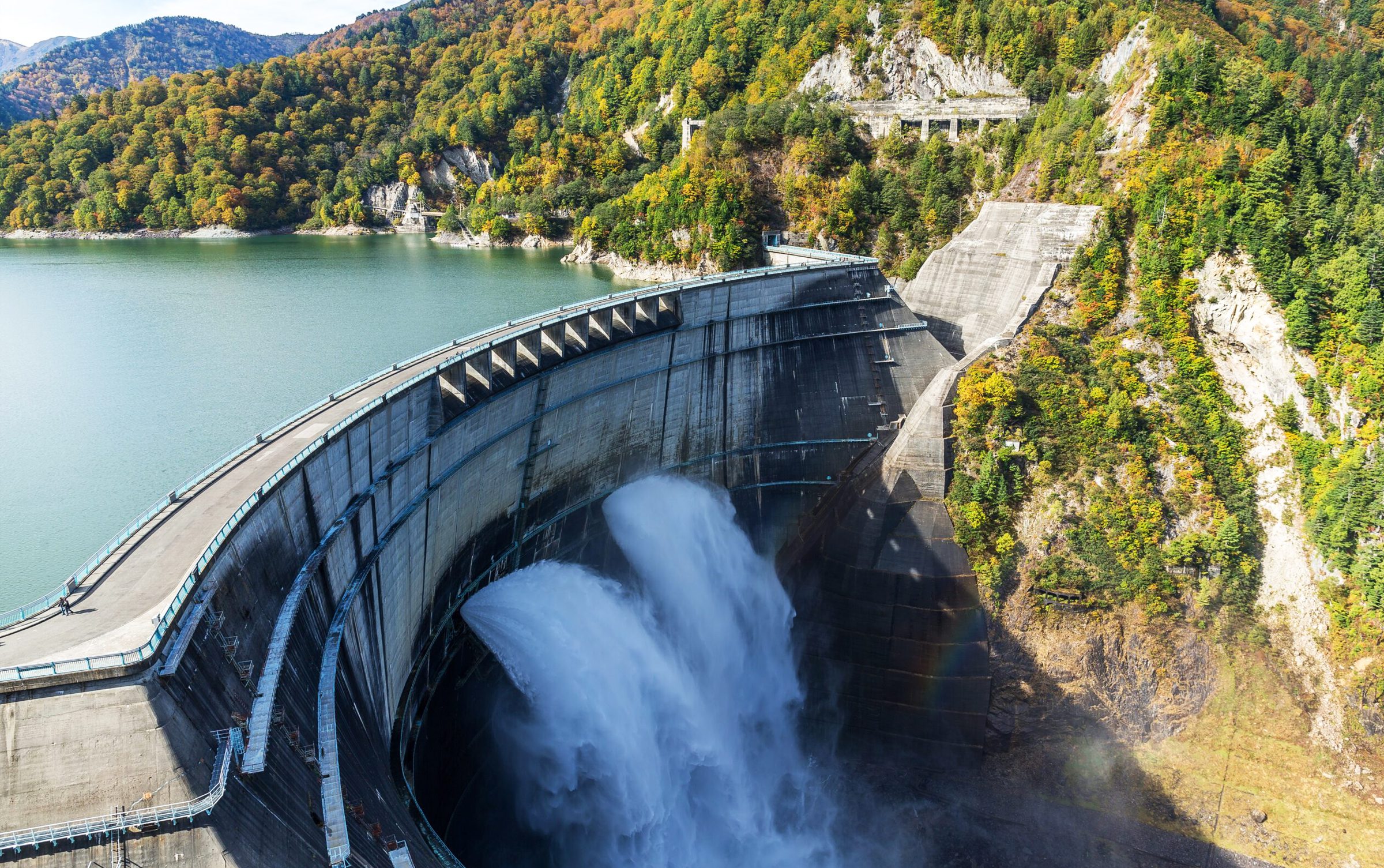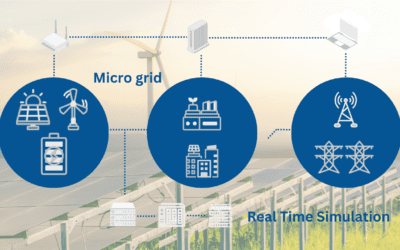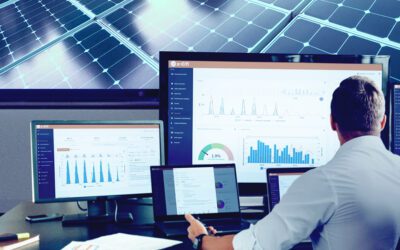In an analogue world, data management is a real challenge. However, as we move towards a more digital age in the 21st century, civil engineering has to incorporate new methodology, new techniques, and a new way forward. Digitising data within the confines of a hydroelectric power system ensures that fast, accurate data analysis is possible, creating a far more efficient closed system that can be interfaced effortlessly. But how does it work? And why go digital?
Efficiency improvement
At the core of any dam management system is efficiency. Hydroelectric power must be the original ‘clean’ energy source, providing a constant, measurable delivery system with almost zero emissions or long-term impact on global warming. But to ensure that every part of a hydroelectric system is operating at peak efficiency, data collection must be part of the process. The more data collected, the more efficient the system can become.
Old style analogue systems may have been sufficient in the past, but today’s power production demands a far higher degree of accuracy. Using a digital hydro energy management system means that the detection of non-optimal or sub-standard operations can be identified much earlier. Their impact on the overall level of energy production can then be mitigated through repairs, recalibrations or adjustments to the operating parameters. Digital data collection makes this process faster and easier. It also allows micro-corrections to be implemented at the touch of a button.
Fault finding
Successful fault finding and identification create a more efficient system and aid in failure anticipation. This minimises downtime by identifying root problems much earlier. With a growing number of dam management systems moving over to digitisation, failure anticipation becomes better, and solutions can be implemented faster.
Trendsetting software
One of the critical elements in dam and hydropower efficiency is predicting when demand will increase. Plotting these peak times has, in the past, often been a case of the experience of the operators and a ‘just-in-time’ approach to energy production management. What digital data, and in particular the concept of ‘Big Data’, does is provide an accurate and data-driven prediction of peak demand. Constant monitoring allows operators to visualise the time trends and identify shifts in demand as and when they happen. It also creates a framework that allows operators to extrapolate that data and predict future peaks and troughs in demand. This means that a hydropower station has almost instantaneous responses to anticipated demand flows.

How accurate is it?
All of this is absolutely no good if the data collected isn’t accurate. So modern systems use a system of checks and balances that ensure sensor and data transfer or acquisition is accurate. Bad signals can be easily identified as outliers on at-a-glance readouts that give a clear and precise picture of the system. Efficient analysis of this data is then much easier than the ‘educated guesswork’ that was often an issue in previous systems.
Customisation – a buzz-word for digital analytics
Every dam is different. Every hydropower plant is affected by variables that are unique to the individual system. Therefore, a ‘one-size-fits-all’ approach is not only impractical but also impossible. The key advantage of digital data is that it can be customised to each system, allowing a bespoke data set to be created for each individual plant. Everything from flow management and efficiency vs water flow through to safety protocols, critical signal detection and peak demand predictions can be incorporated into a tailor-made operating system. And best of all – it’s incredibly cost-effective, too.
User-friendly, intuitive, and future-proof, the digitisation of dam management and hydropower operating systems is the logical solution for a greener and more energy-efficient future.

About h-EM
h-EM is a Software as a Service (SaaS) that monitors the real-time status of a solar installation, up to predictive activity. It is a solution that can be integrated into any type of installation, easy to use, intuitive in its operation, and suitable for any type of operator. It is available in standard or advanced diagnostics versions, it can be implemented with various plug-ins to add quality enhancements to your solar installation: solar plant power nowcast and forecast, predictive maintenance, drone data management, solar sensor check, satellite-based plant construction monitoring, self-consumption management.
Keywords
Dam Data Management, Data, Data Analysis, Digitalization, Digitising Data, Energy Management, h-EM, Hydro, Hydro Asset Manager, Hydroelectric






